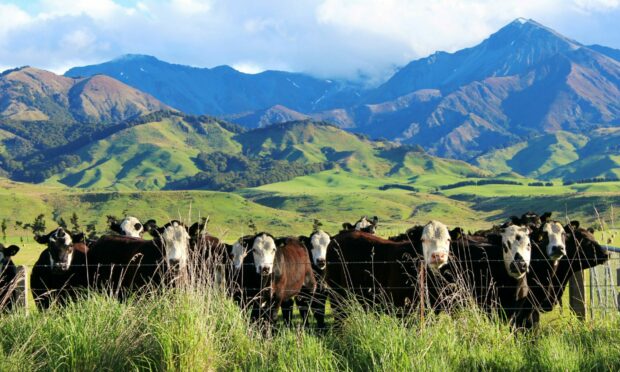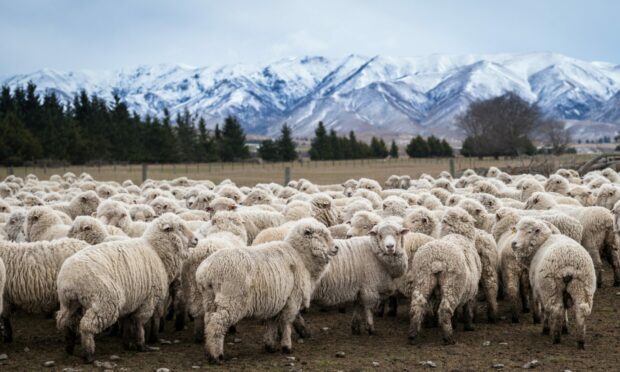UK beef and sheep farmers are “unlikely” to see their markets flooded by New Zealand (NZ) beef and lamb in the wake of the latest UK trade deal, an in-depth analysis of production and trade has concluded.
However, there is a risk, if politics intervene and China bans NZ imports, that NZ would compensate by increasing exports to the UK by 29,000 tonnes (69%) and beef exports by 7,000 tonnes (830%) .
The Agriculture and Horticulture Development Board’s (AHDB) conclusions follow a “deep dive” into NZ’s agriculture and trading ahead of the implementation of the UK’s latest post-Brexit Free Trade Agreement (FTA).
It follows the deal signed with Australia last year, and both have created widespread fears cheap imports from such big agricultural powerhouses could undercut UK meat and dairy farmers who face much higher costs of production.
David Swales, the levy body’s head of strategic insight, admitted the evidence showed New Zealand farmers will benefit from this trade deal, while UK farmers will be “negatively impacted”, with only limited opportunities to export product to NZ.
He added that the indications were the impact “should” be modest.
NZ exports 87% of the lamb it produces, but it hasn’t filled it’s current lamb export quota to the UK since 2008 as it has focused on closer, more lucrative markets in China.
Lamb exports to China are worth £753 million, exports to the UK are valued at £218m and the United States imports NZ lamb worth £205m.
Around 66% of the NZ’s beef is exported, with produce worth £646m going to China and £610m to the United States.
The AHDB collaborated with Harper Adams University to carry out the economic modelling.
Mr Swales said: “While FTAs create opportunities by lowering barriers to trade, it’s important to remember they don’t immediately create new demand or supply.
“While our analysis does highlight that the benefits to New Zealand farmers will far outweigh those for UK farmers, it’s important to remember implementation of FTAs takes time.
“As a result it is unlikely New Zealand red meat, for example, will start to flood UK supermarket shelves.”
While there appear to be few benefits to the UK agricultural industry from the Australia and NZ deals, they are considered to be stepping stones to accession to the Trans-Pacific Agreement (CPTPP) which could open lucrative markets for high quality heritage produce in countries such as Malaysia, Singapore and Vietnam.


